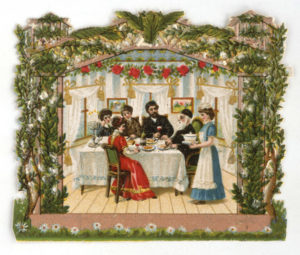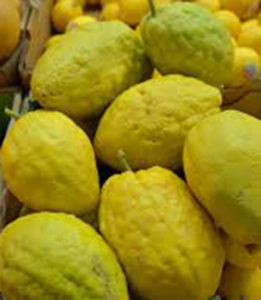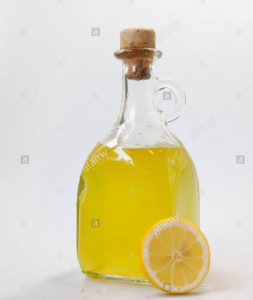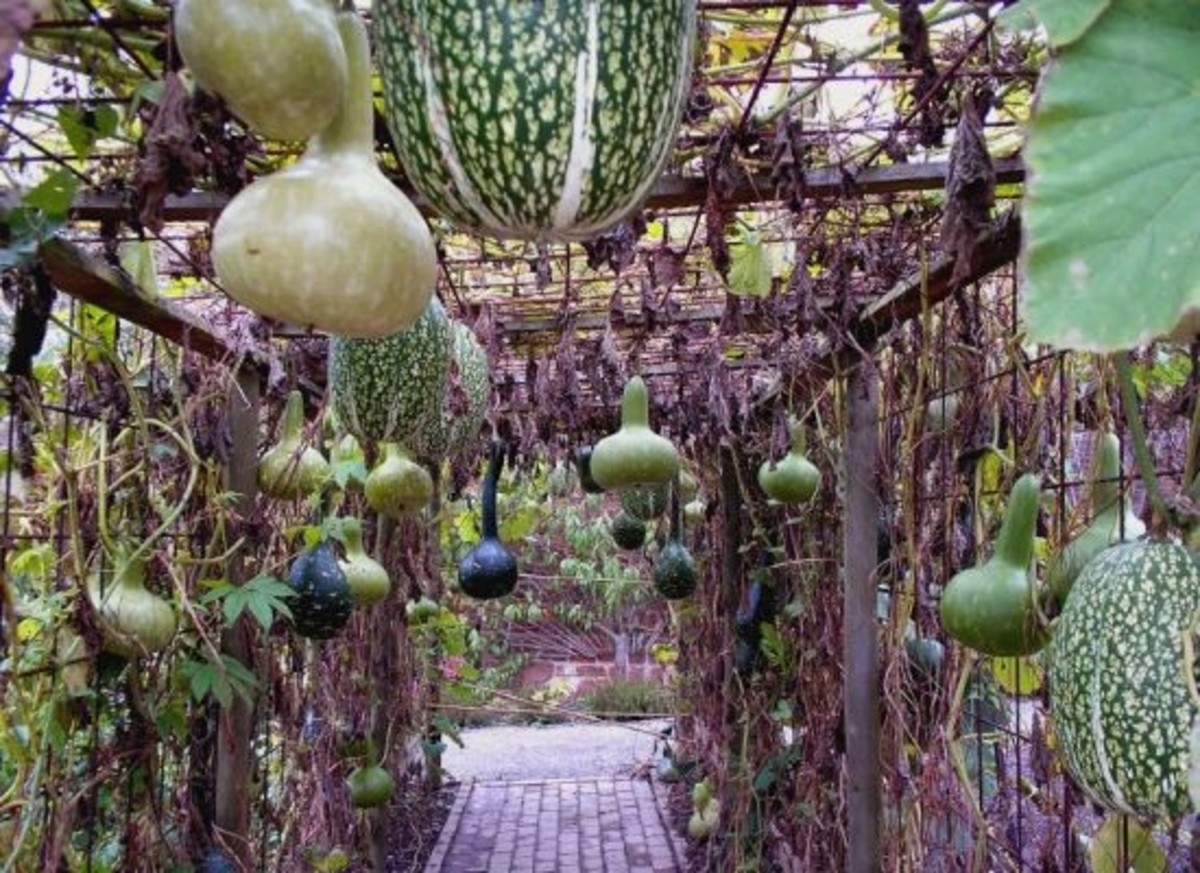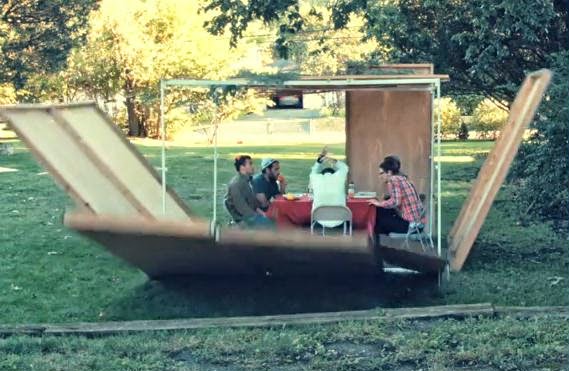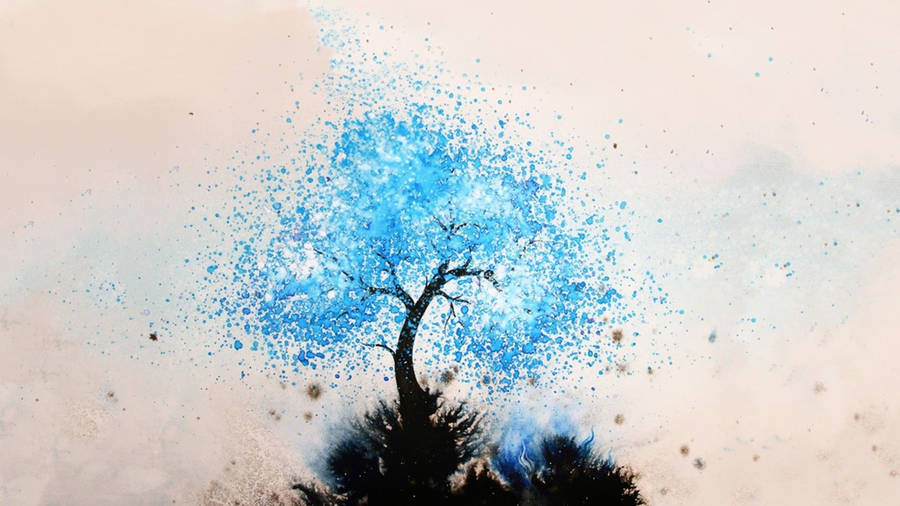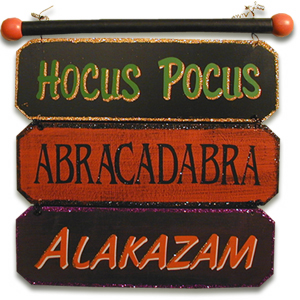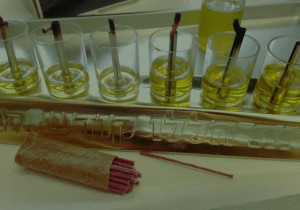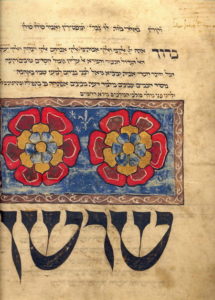Beitza 31a
1- We continued the Mishna that discusses the collecting of firewood for Yom Tov cooking and or heating. Only wood that has been prepared prior to Yom Tov can be used. So loose branches in one’s yard or field may not be ‘prepared’ in the user’s mind for Yom Tov and therefore unusable.

2- As mentioned last week, some say that the reason for the limitations on where the wood may be collected from is due to the concept of מעמר, gathering. The problem is the מלאכה of מעמר – the prohibition to collect fruits, vegetables, grass, twigs, and the like and creating a pile.

See here in the Alter Rebbe’s Shulchan Aruch. 340, 15
3- Now see here where the Alter Rebbe brings the Gemara about collecting fruits that are strewn about in a yard. 335, 5. The rule is that although they may be collected one should not put them into a basket. ‘As one would do during a weekday’.
4- We mentioned the ancient Minhag of entertaining children on Simchas Torah by throwing apples for them to catch.
The text we learnt was from the סימן in the Shulchan Aruch on Simchas Torah #669 that contains ‘one סעיף only’ ! [One guesses that day is not particular suitable to learn….with all the Chitas and מעביר סדרה and the partying…..]
In any case, the באר היטב quotes the רבינו בחיי who frowns upon this custom. But he continues to quote a Medrash from Megilas Esther that this Minhag was mentioned by המן to אחשוורוש as ‘proof’ of the Jews being quite different than the rest of the world!
On the other hand he suggests that perhaps this custom got a bit out of hand and therefore frowned upon by רבינו בחיי.
5- What does all this have to do with our Gemara?
We mentioned the famed Rov from Bucharest Reb Yaakov Meir Spielman. His Sefer, טל אורות, is known as a good introduction to Kabbalah and vol 1 is based largely Chabad Chassidus. Interestingly, one of the הסכמות on the ספר is from a Lubavitcher, Reb Yosef Tumarkin, Rov of Kremenchuk.

Reb Yaakov Meir Spielman writes in another of his books that perhaps the reason the apple throwing was not very popular by some רבנים was because of the apples that needed to be collected after the throwing! As above, collecting them into a basket is problematic.
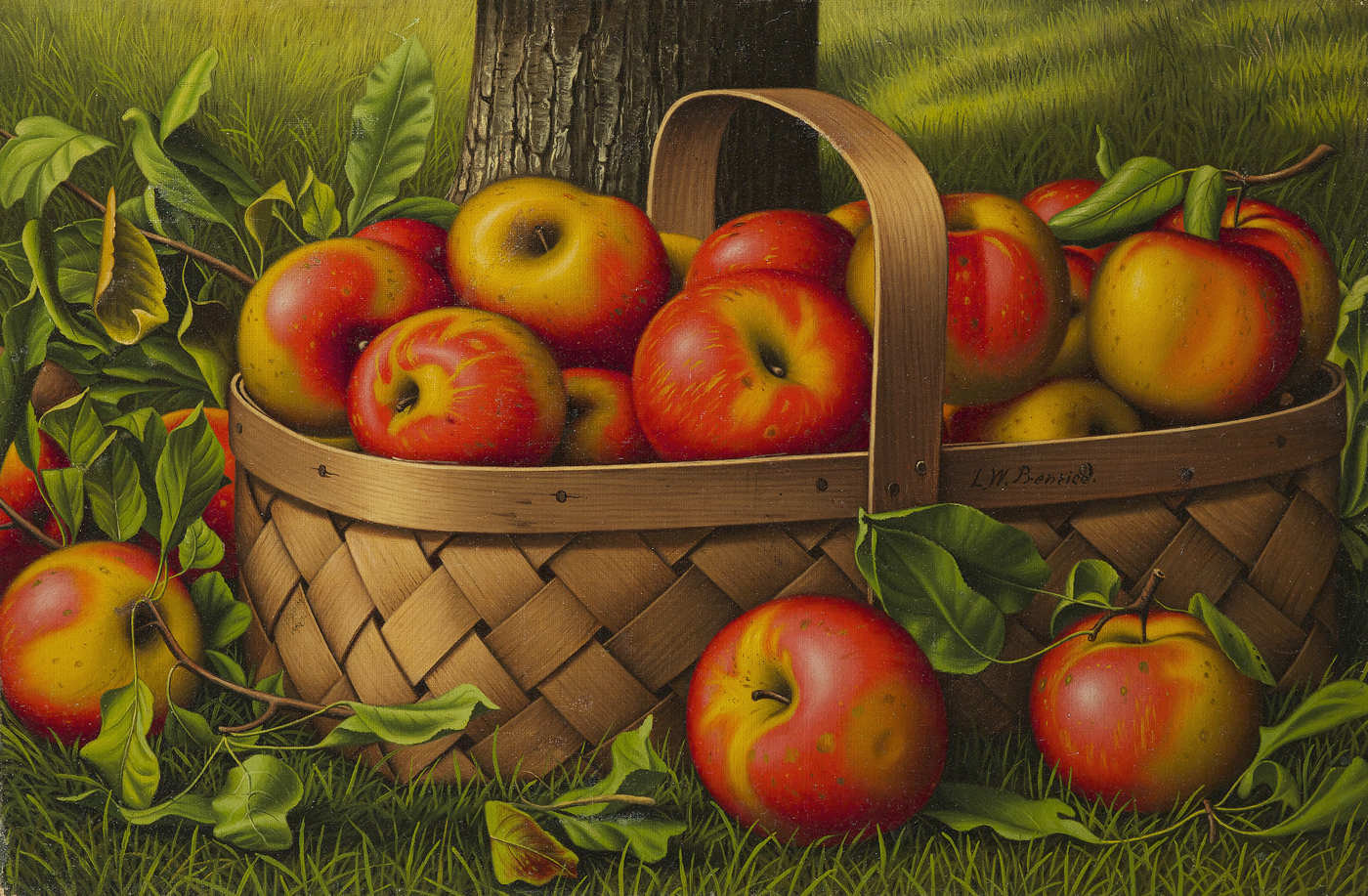
6- We then moved onto another topic that connects our Gemara with Purim.
Very briefly, on Purim the Megillah is read twice on the 14th day of Adar. In city that has walls, or had walls going back to the time of יהושוע בן נון, it is read on the 15th.
The reason is explained in the Megillah itself and elaborated upon in Masechet Megillah.
What about the towns adjacent to a walled city? Or a town that the walled city can be seen from it?

We learnt the ב”ח that writes [688] what the definition of ‘adjacent’ is ‘very close’. Based on a Rashi in our Mishna regarding the קרפף that is ‘adjacent’ to the city. As Rashi says. סמוך – ממש.
